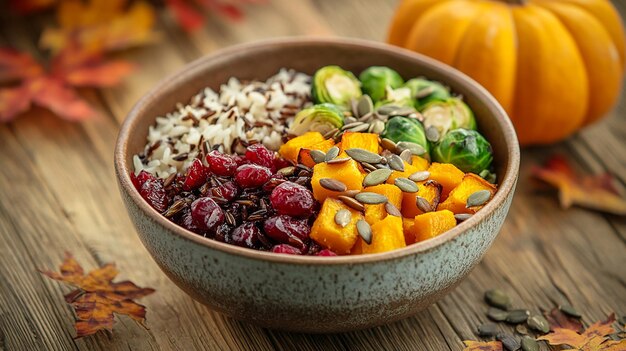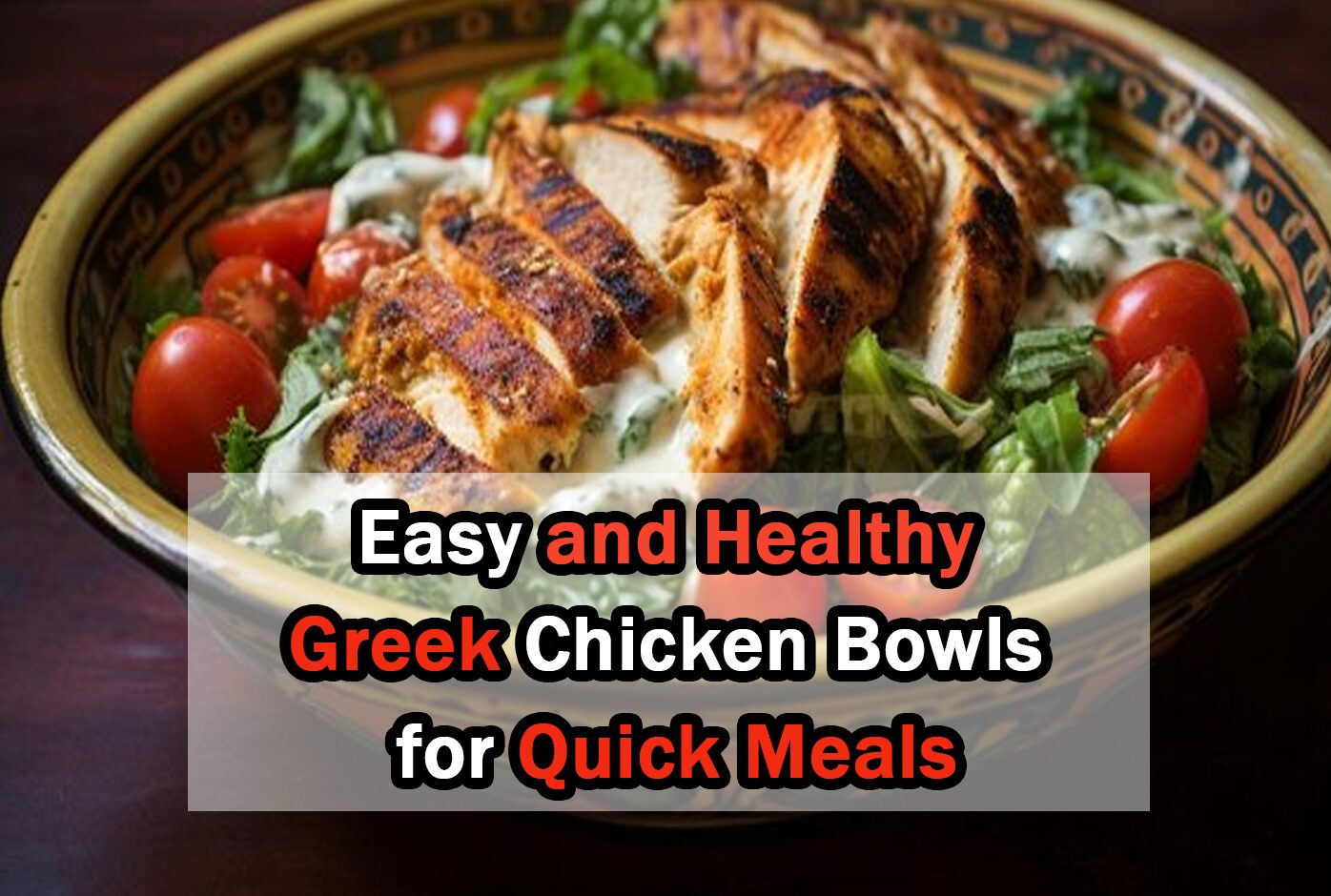Ingredients
A great harvest bowl is made up of a combination of components that add texture, flavor, and nutritional value. Here’s a rundown of the key ingredients you’ll need to make your own harvest bowl.
Grains
Grains serve as the base for most harvest bowls. They’re filling, satisfying, and provide a good amount of fiber. Common choices for harvest bowls include:
- Quinoa: This protein-packed grain is a great choice if you’re looking for something light yet hearty. It has a slightly nutty flavor and a great texture.
- Brown rice: A hearty whole grain with a chewy texture, brown rice is a fantastic base for your harvest bowl.
- Farro or barley: These grains are both nutty and chewy, perfect for adding depth to your dish.
- Sweet potato: While technically a vegetable, roasted sweet potatoes are often used as a grain alternative for a slightly sweet, creamy element.
Vegetables
A harvest bowl wouldn’t be complete without vegetables, and the key here is to use what’s in season. Some vegetables that work beautifully in a harvest bowl include:
- Roasted sweet potatoes: Their sweetness and creaminess are a perfect complement to savory flavors.
- Brussels sprouts: Roasted or sautéed, these little green gems add a savory depth.
- Carrots: Shredded or roasted, they bring a slight crunch and a subtle sweetness to your bowl.
- Beets: Roasted beets add an earthy flavor and vibrant color.
- Kale or spinach: These leafy greens are nutrient-dense and give your bowl a refreshing touch.

How to Make a Harvest Bowl: Step by Step
Ready to assemble your perfect harvest bowl? Let’s go through the process step by step.
Step 1: Prepare Your Grains
Start by cooking your grains of choice. If you’re using quinoa, follow the package instructions and cook it in water or vegetable broth for extra flavor. For brown rice, farro, or barley, bring a pot of water to a boil and cook the grains until tender. Once the grains are done, set them aside and let them cool slightly. You can also make a big batch of grains ahead of time and store them in the fridge for an easy meal prep option.
Step 2: Roast Your Vegetables
Roasting vegetables brings out their natural sweetness and depth of flavor. Start by preheating your oven to 400°F (200°C). Next, chop your sweet potatoes, carrots, and Brussels sprouts into bite-sized pieces. Toss them with olive oil, salt, and pepper, and spread them out on a baking sheet in an even layer. Roast for 25-30 minutes, or until the vegetables are tender and lightly caramelized. Don’t forget to flip them halfway through for even roasting.
If you’re using beets, wrap them in foil and roast them separately for about 45 minutes to an hour until tender. You can also sauté your vegetables if you prefer a quicker method.
Step 3: Cook Your Protein
While your vegetables are roasting, cook your protein. If you’re using chicken, season it with your favorite spices, and grill or pan-sear it. For tofu, press the tofu to remove excess moisture, then cube it and sauté in a hot pan with olive oil. You can also roast chickpeas by tossing them in olive oil and spices and baking them for about 20-25 minutes.
Once your protein is ready, slice it into pieces and set it aside.
Step 4: Assemble Your Harvest Bowl
Now comes the fun part—assembling your bowl! Start by placing your cooked grains as the base. Then, layer on the roasted vegetables and protein. Add a few handfuls of greens on top, followed by a generous scoop of avocado slices. You can also sprinkle some nuts or seeds for a bit of crunch and healthy fats.






